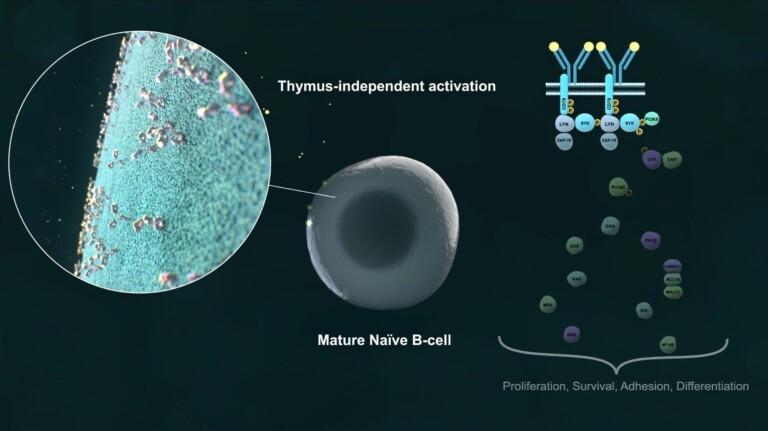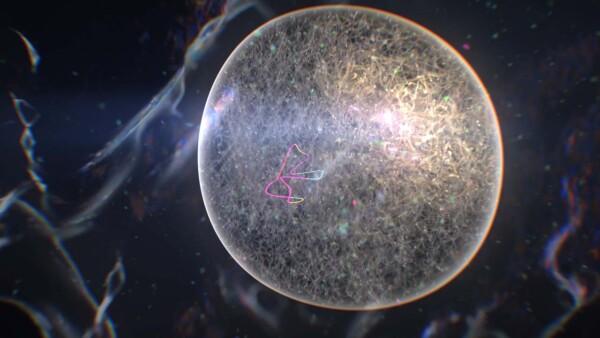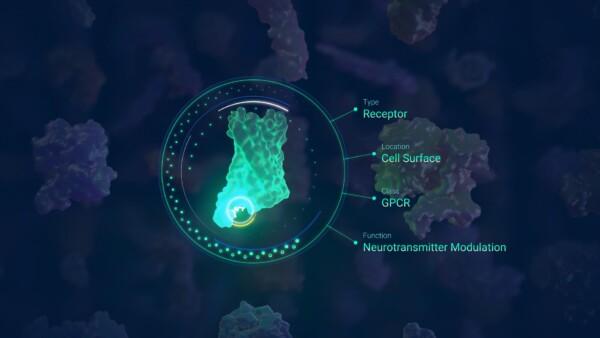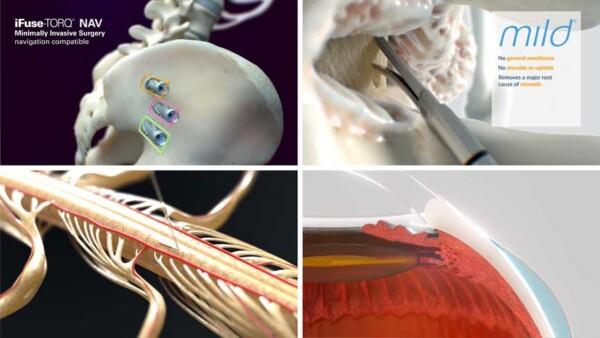
How Animation Can Enhance Scientific Communication
In the rapidly evolving world of scientific communication, technology continually reinvents the ways we share and understand complex concepts. Among the various tools at our disposal, animation stands out as a particularly transformative one. This post delves into the fascinating fusion of animation and scientific communication, with a particular focus on the critical role played by medical animators. As we explore the potential of animation in making science more accessible and engaging, we'll see how it aids in everything from patient education to explaining the most complex scientific research, democratizing science in the process and paving the way for a future where scientific knowledge is within everyone's reach.
Animation: Making Scientific Communication Accessible
Often, scientific communication is a complex process that can be difficult for non-experts to comprehend. This is particularly true for fields like medicine and biotechnology, which deal with intricate mechanisms that happen at the microscopic or even molecular level. Here, the job of a medical animator becomes instrumental. By using their talent to visualize these processes, these specially trained animators help create a more accessible and comprehensible version of scientific communication.
For example, consider the communication of a concept like protein synthesis or the pathway of a drug through the body. Traditionally, these mechanisms have been represented by static illustrations or complex biochemical charts. While informative, they can be challenging for non-experts to interpret. However, an animation can depict these same processes in a sequential, dynamic manner, highlighting each step and allowing viewers to visualize the process as it occurs.
This approach not only aids in comprehension but can also spark interest and engagement. Complex scientific ideas, when depicted in an animated format, become fascinating journeys of discovery that draw in the viewer. This is particularly crucial in an era where scientific literacy is increasingly important, yet many find science intimidating or inaccessible.
Furthermore, because animations can be paused, replayed, and viewed at one's own pace, they provide a more learner-friendly medium. They cater to individual learning speeds and allow viewers to focus on parts they find challenging, facilitating a more comprehensive understanding. This combination of accessibility, engagement, and adaptability makes medical animation a potent tool in scientific communication.
The Power of Visual Learning in Scientific Communication
Visual learning is a widely accepted and effective learning style. Medical animators employ this technique to depict scientific scenarios with precision and detail. The use of animation in scientific communication can transform static, complicated diagrams into dynamic, interactive visualizations. This aids in making the communication process more engaging, thereby increasing understanding and retention of information.
Furthermore, animation allows for a universal language that transcends disciplinary jargon and cultural barriers. It gives form to theoretical concepts, visualizing them in a manner that everyone on a team can understand, irrespective of their individual expertise. The transformative effect of medical animation in various scientific domains extends even further when we consider its potential in facilitating collaborative efforts. As teams of scientists from diverse fields and geographical locations work together on complex research projects, clear and precise communication is crucial. However, written descriptions and static diagrams may not always capture the full breadth of a concept, and that's where animation comes in.
Democratizing Scientific Communication: Role of Medical Animators
Medical animators also play a crucial role in the democratization of scientific communication. Traditionally, research findings and scientific concepts have been locked behind the complex language of research papers. But with the advent of digital platforms and the work of medical animators, scientific communication has become more inclusive and accessible.
Notably, this increased accessibility extends beyond laypeople seeking to understand complex scientific concepts for personal or professional reasons. It has also found its way into classrooms, from primary schools to universities. Teachers and professors can use animated medical videos as educational tools, presenting scientific theories in an engaging and comprehensible manner that enhances student understanding and fosters a love of science.
The work of medical animators has also influenced policy-making and public health initiatives. Clear, easy-to-understand animations can illustrate the spread of diseases or the impact of public health measures, providing crucial information for policy-makers and helping the public understand why certain measures are needed.
Moreover, scientific startups and research institutions are increasingly leveraging animations to communicate their work to investors and the public. This not only aids in securing funding but also promotes transparency and trust. Through these examples, it's clear that medical animators are not just making scientific communication more understandable—they are also contributing to a more informed and engaged society.
Enhancing Patient Education through Animation
Another aspect where animation assists scientific communication is in patient education. Understanding medical conditions and treatments can be intimidating and confusing for patients. However, animations produced by medical animators can simplify this process, effectively explaining conditions, treatments, or procedures.
For instance, a patient diagnosed with a cardiac issue can watch an animation of the heart's functioning, allowing them to visualize and comprehend the underlying problem. In a similar vein, patients undergoing a complex surgical procedure can benefit from a step-by-step animated walkthrough of the surgery, giving them a clearer understanding and reducing apprehension.
Furthermore, animation can be an invaluable tool for illustrating lifestyle impacts on health. Patients struggling with chronic diseases such as diabetes or hypertension could watch animations that detail the effects of diet, exercise, and medication adherence on their health. Such visual representations can motivate patients to adhere to their prescribed treatment plan more effectively, as they have a clear understanding of why each step is crucial.
In pediatric care, animation can be an effective means to educate and calm young patients who might be frightened about medical procedures. By incorporating elements of storytelling and familiar characters, animated medical videos can make the process less daunting for children. This not only benefits the child but also aids in the interaction between medical professionals and parents, ultimately facilitating better healthcare delivery.
Conclusion
In the world of scientific communication, the role of a medical animator is thus increasingly becoming indispensable. They translate the abstract into the tangible, the microscopic into the visible, and the complicated into the comprehensible. Animation opens up avenues for scientific communication to be more engaging, comprehensive, and inclusive. As we progress in the digital age, the role of animation in scientific communication will only grow, creating an exciting future where science is within everyone's reach.
You might also like




